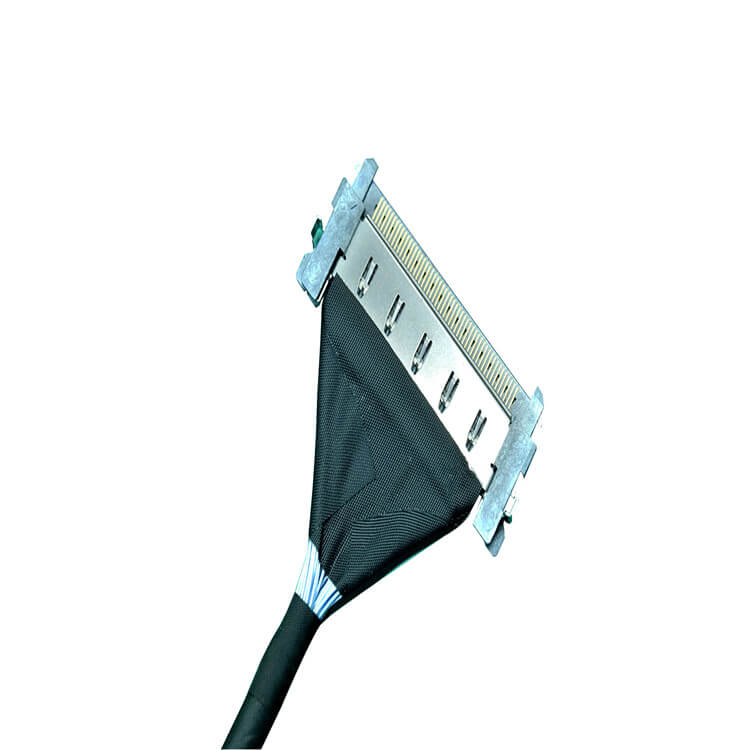Micro coaxial cables are essential components in modern electronics, enabling high-speed signal transmission in compact devices like smartphones, medical equipment, cameras, and wearables. However, their small size makes them particularly sensitive to improper handling during installation and operation. One of the most critical factors affecting their performance and longevity is adherence to the minimum bend radius.
What is Minimum Bend Radius?
The minimum bend radius is the smallest radius a cable can be bent without causing damage to its internal structure or degrading its electrical performance. Exceeding this limit risks:

Why is Bend Radius Critical for Micro Coax?
Micro coax cables, often defined as having an outer diameter (OD) of 1mm or less (e.g., 0.81mm, 0.64mm), have extremely fine internal components. The center conductor might be only 0.025mm to 0.1mm thick. Bending them too tightly concentrates stress on these fragile elements, making them far more susceptible to damage than larger cables.
Determining the Minimum Bend Radius
There is no single universal value for all micro coaxial cables. The specific minimum bend radius depends heavily on several factors:
General Guidelines (Always Verify with Manufacturer Specs!)
While manufacturer data sheets are the ultimate authority, here are common industry practices:
Static vs. Dynamic Bend Radius Comparison
| Bend Type | Description | Typical Min Radius | Critical Factors |
|---|---|---|---|
| Static Bend | Fixed installation with no movement | 10x-15x cable OD | Cable construction, installation environment |
| Dynamic Bend | Repeated bending during operation | 15x-20x+ cable OD (flex-rated cables may be lower) | Flex life rating, bend cycle requirements, motion type |
Beyond the Bend Radius: Avoiding Damage
The Golden Rule: Consult the Manufacturer
The single most important step is to consult the specific manufacturer’s datasheet for the exact micro coaxial cable you are using. They provide the definitive minimum bend radius values (both static and dynamic, if applicable) based on rigorous testing of their specific product. Ignoring these specifications risks premature cable failure and unreliable system performance.
Conclusion
Adhering to the minimum bend radius limitations is non-negotiable for ensuring the reliability, signal integrity, and long-term performance of micro coaxial cables. Given their small size and sensitivity, even slight deviations can cause significant damage. Always prioritize the manufacturer’s specifications for your specific cable type and application (static or dynamic) during design, installation, and operation to avoid costly failures and ensure optimal functionality.
Our factory offers high-quality products at competitive prices
Meta Description: Discover premium RF micro coaxial cables engineered for high-frequency signal transmission in compact devices. Explore specs, applications, and benefits for telecom, medical, and aerospace industries. .
H1: Precision Instrument Micro-Coax – Engineered for Critical Signal Integrity Meta Description: Discover Precision Instrument Micro-Coax: Miniature coaxial cable solution optimized for high-frequency signal transmissio.
Feel free to reach out to us for any inquiries or orders.